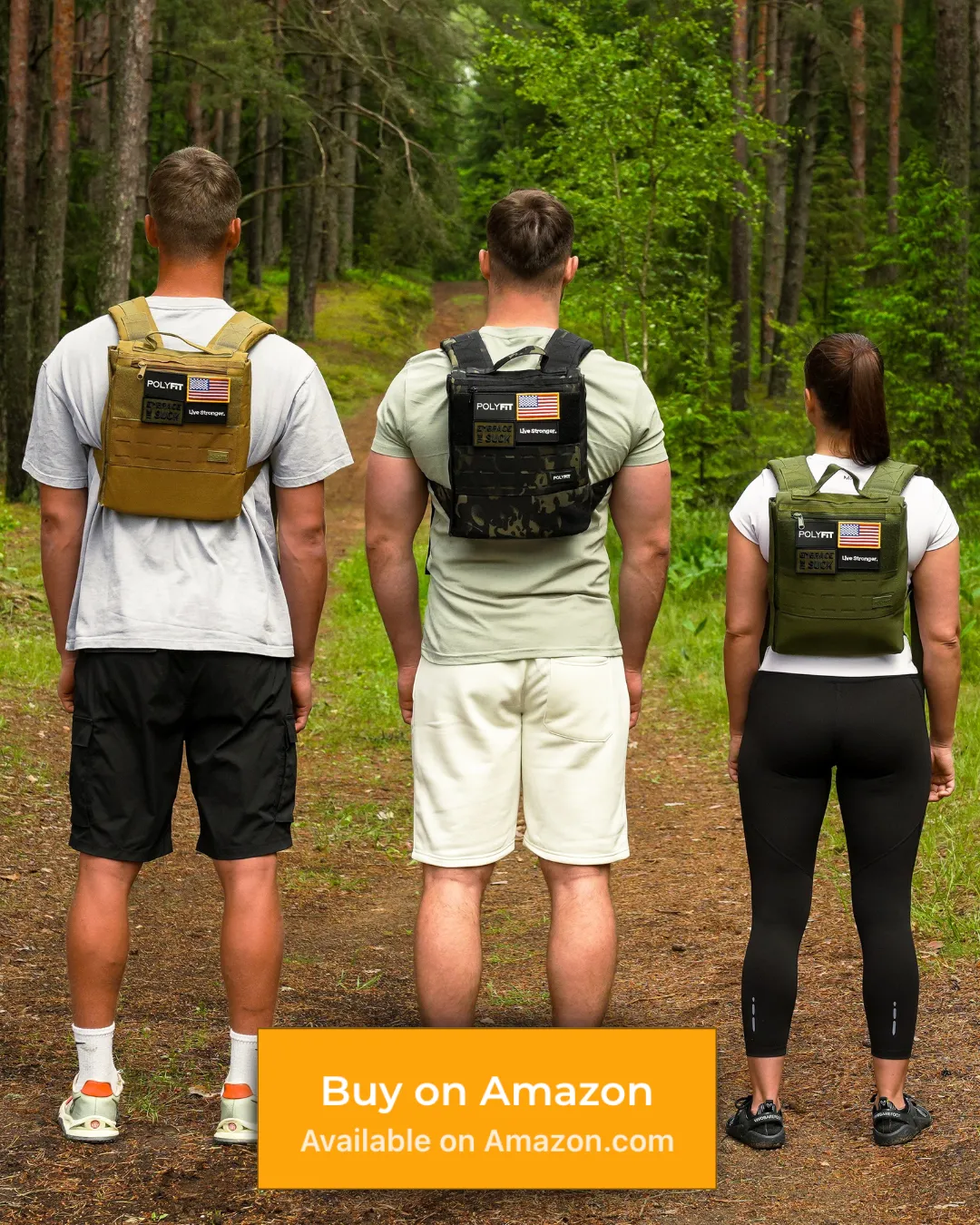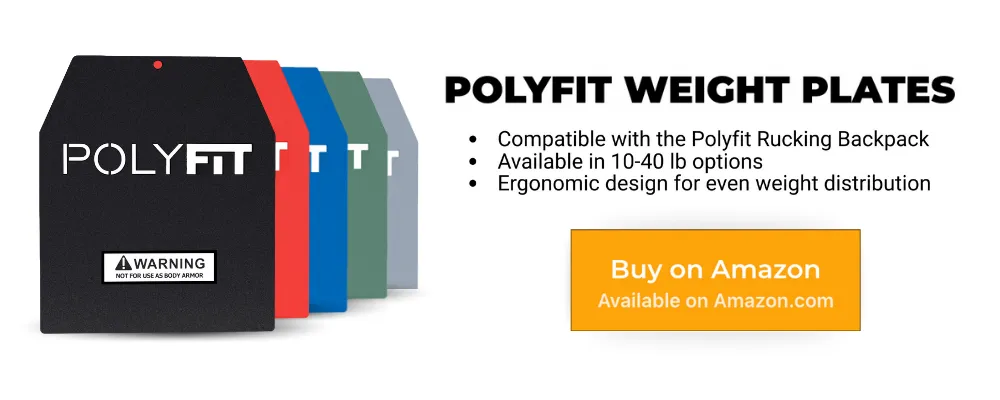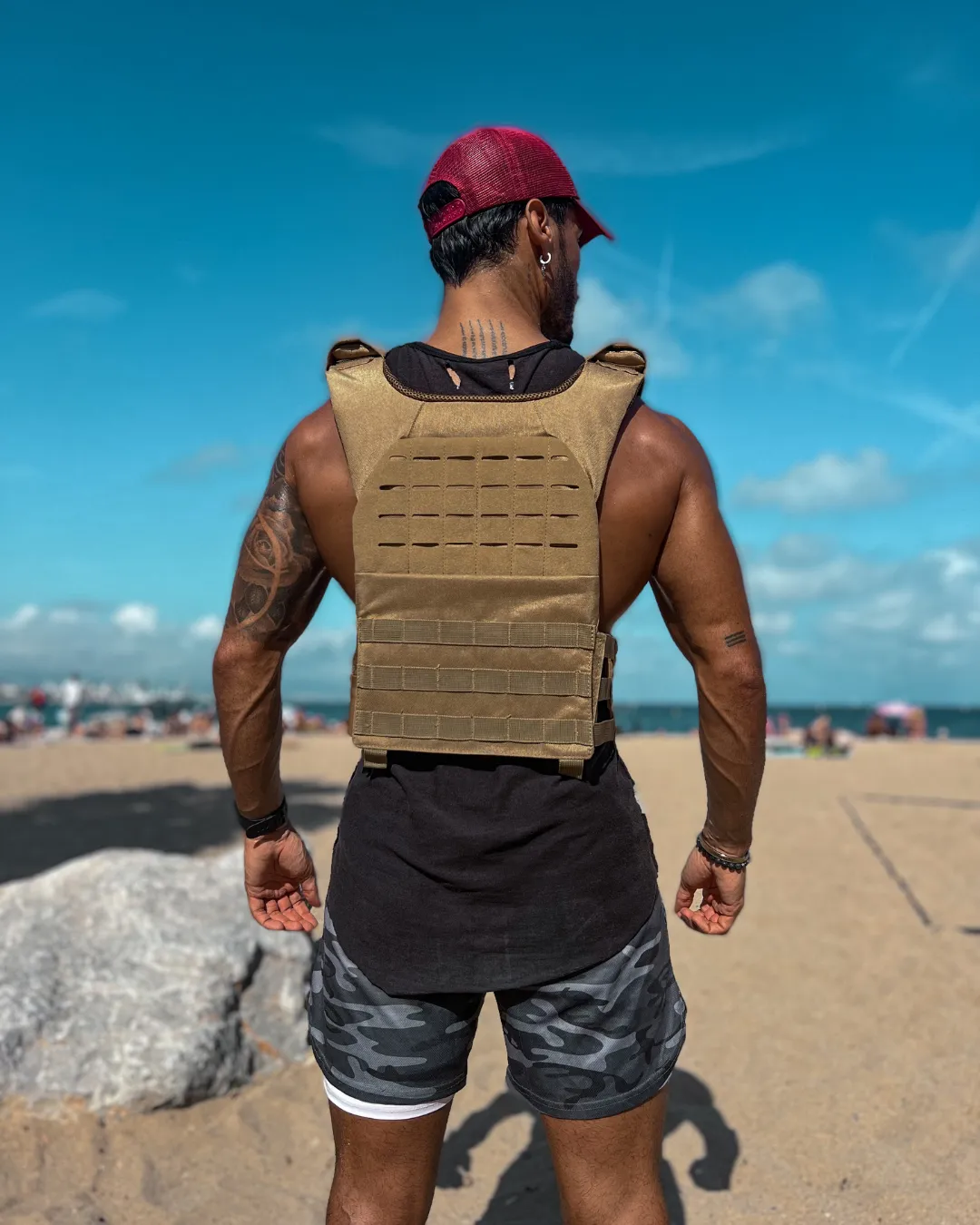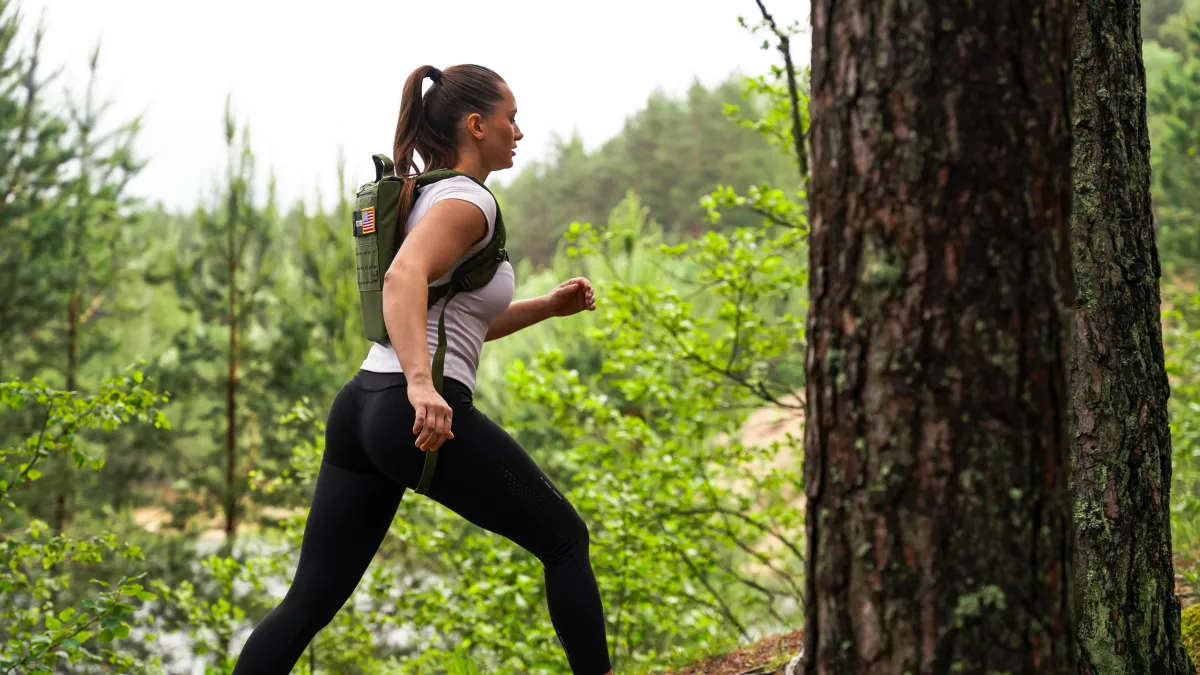
Beginner’s Guide to Rucking
A Complete Guide to Getting Started
Rucking is one of the simplest yet most effective ways to improve fitness, build resilience, and boost cardiovascular health. Whether you're just getting started or looking to refine your technique, this guide will teach you everything you need to know about rucking for beginners.
Here’s what you’ll learn in this guide:
What Is Rucking & Why It Works
How to Choose the Right Rucksack & Weight
Proper Form & Technique to Prevent Injury
Tips for Progressing & Increasing Weight Safely
Here’s what you’ll learn in this guide:
What Is Rucking & Why It Works
How to Choose the Right Rucksack & Weight
Proper Form & Technique to Prevent Injury
Tips for Progressing & Increasing Weight Safely
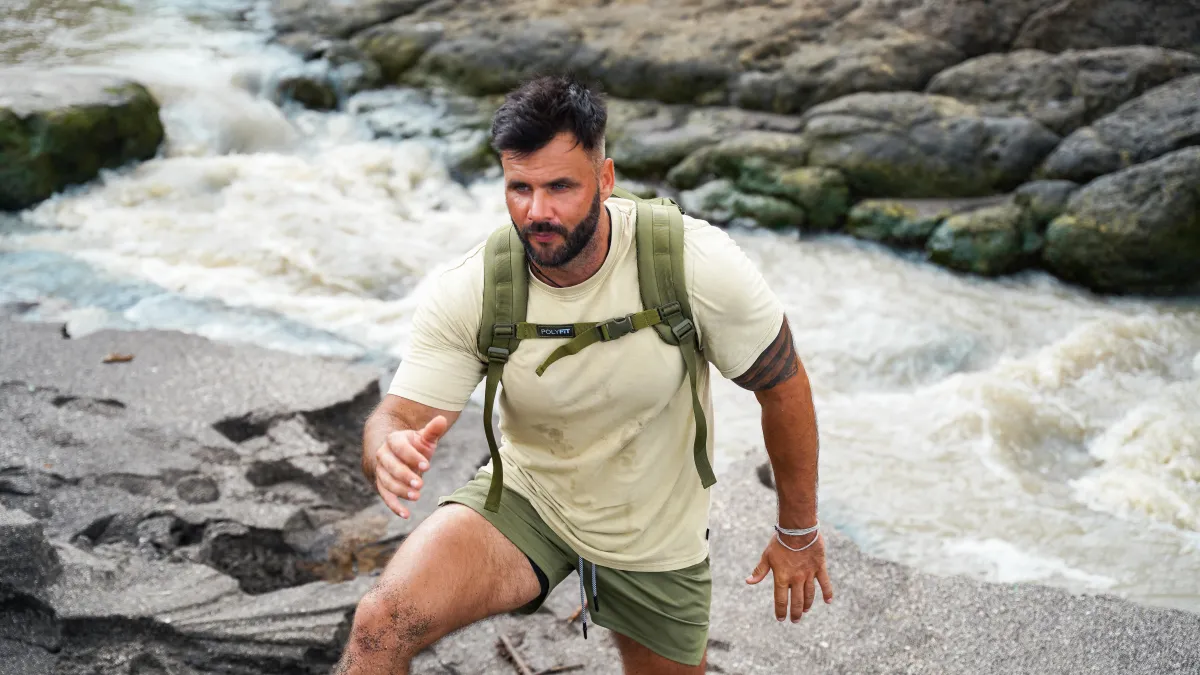
What is Rucking?

Rucking is a simple yet highly effective form of fitness that involves walking or hiking with a weighted backpack. Originally used in military training to build strength and endurance, rucking has become a popular workout for anyone looking to improve cardio, core stability, and overall fitness without high-impact stress on the joints.
Unlike running, rucking provides low-impact resistance training, making it an ideal workout for beginners, hikers, and fitness enthusiasts alike. It strengthens your legs, back, and core while also improving cardiovascular endurance—all by simply walking with weight.
Whether you’re hitting the trails, walking around your neighborhood, or training for an endurance event, rucking is a scalable workout that can be adapted to any fitness level.
What is Rucking?
Rucking is a simple yet highly effective form of fitness that involves walking or hiking with a weighted backpack. Originally used in military training to build strength and endurance, rucking has become a popular workout for anyone looking to improve cardio, core stability, and overall fitness without high-impact stress on the joints.
Unlike running, rucking provides low-impact resistance training, making it an ideal workout for beginners, hikers, and fitness enthusiasts alike. It strengthens your legs, back, and core while also improving cardiovascular endurance—all by simply walking with weight.
Whether you’re hitting the trails, walking around your neighborhood, or training for an endurance event, rucking is a scalable workout that can be adapted to any fitness level.
Why Start Rucking?
Rucking is more than just walking with weight—it’s a full-body workout that improves strength, endurance, and cardiovascular health without the wear and tear of high-impact exercises like running.
Why Start Rucking?
Rucking is more than just walking with weight—it’s a full-body workout that improves strength, endurance, and cardiovascular health without the wear and tear of high-impact exercises like running.
Here’s why it’s a game-changer:
Here’s why it’s a game-changer:
Full-Body Strength & Endurance
Carrying weight while walking engages multiple muscle groups, including your legs, core, back, and shoulders. Over time, this builds endurance, improves posture, and increases overall stability, making you stronger in everyday movements.
Low-Impact, High-Results
Unlike running, rucking is gentler on the joints while still delivering impressive fitness benefits. The added weight forces your muscles to work harder, but without the pounding impact of high-intensity cardio, reducing the risk of injury while strengthening your body.
Train Anywhere, Anytime
One of the best things about rucking? You can do it anywhere. Whether you’re hiking on trails, walking through your neighborhood, or hitting city streets, rucking is a versatile workout that fits seamlessly into any routine—no gym required.
Burn More Calories, Build Resilience
Adding weight to your walk ramps up calorie burn without the need for complicated workouts. The extra resistance forces your body to work harder, increasing energy expenditure while also improving endurance, mental toughness, and overall fitness.
Rucking isn’t just a workout—it’s a practical, scalable way to get stronger, improve endurance, and challenge yourself in a way that fits your lifestyle.
How to Get Started with Rucking
Rucking is simple, but doing it safely and effectively requires the right approach. Follow these key tips to get the most out of your rucking experience while preventing injury and maximizing results.
Full-Body Strength & Endurance
Carrying weight while walking engages multiple muscle groups, including your legs, core, back, and shoulders. Over time, this builds endurance, improves posture, and increases overall stability, making you stronger in everyday movements.
Low-Impact, High-Results
Unlike running, rucking is gentler on the joints while still delivering impressive fitness benefits. The added weight forces your muscles to work harder, but without the pounding impact of high-intensity cardio, reducing the risk of injury while strengthening your body.
Train Anywhere, Anytime
One of the best things about rucking? You can do it anywhere. Whether you’re hiking on trails, walking through your neighborhood, or hitting city streets, rucking is a versatile workout that fits seamlessly into any routine—no gym required.
Burn More Calories, Build Resilience
Adding weight to your walk ramps up calorie burn without the need for complicated workouts. The extra resistance forces your body to work harder, increasing energy expenditure while also improving endurance, mental toughness, and overall fitness.
Rucking isn’t just a workout—it’s a practical, scalable way to get stronger, improve endurance, and challenge yourself in a way that fits your lifestyle.
Start Light & Build Up
It’s tempting to load up your rucksack and push yourself from day one, but starting too heavy can lead to fatigue and poor form. A good starting point for most beginners is 10–20 lbs, but your ideal weight depends on your fitness level and goals.
Use our Rucking Weight Calculator to get a personalized recommendation based on your body weight, experience, and intensity preferences.
As you get stronger, gradually add more weight in small increments to challenge your endurance and strength without overloading your body.
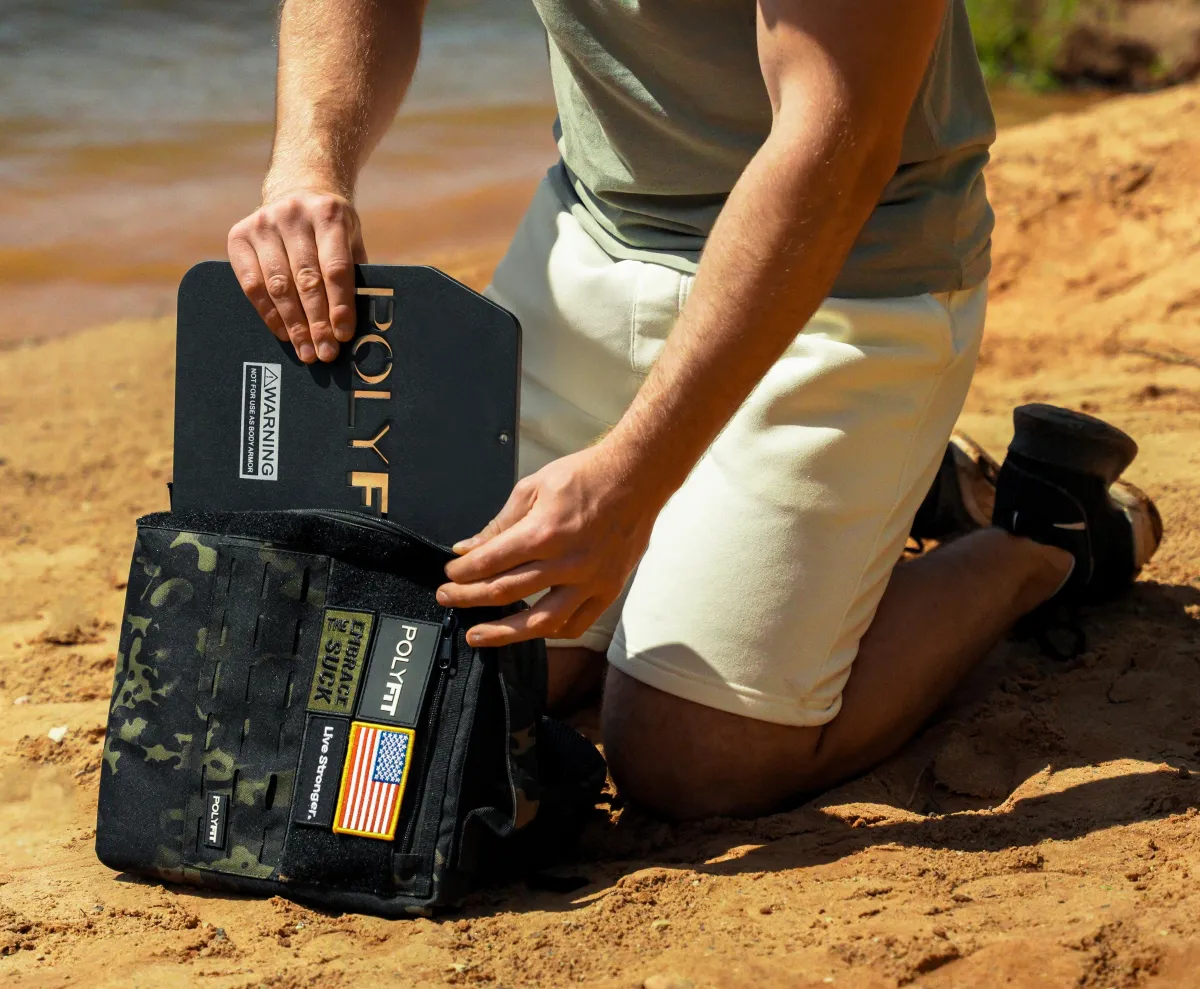
Start Light & Build Up
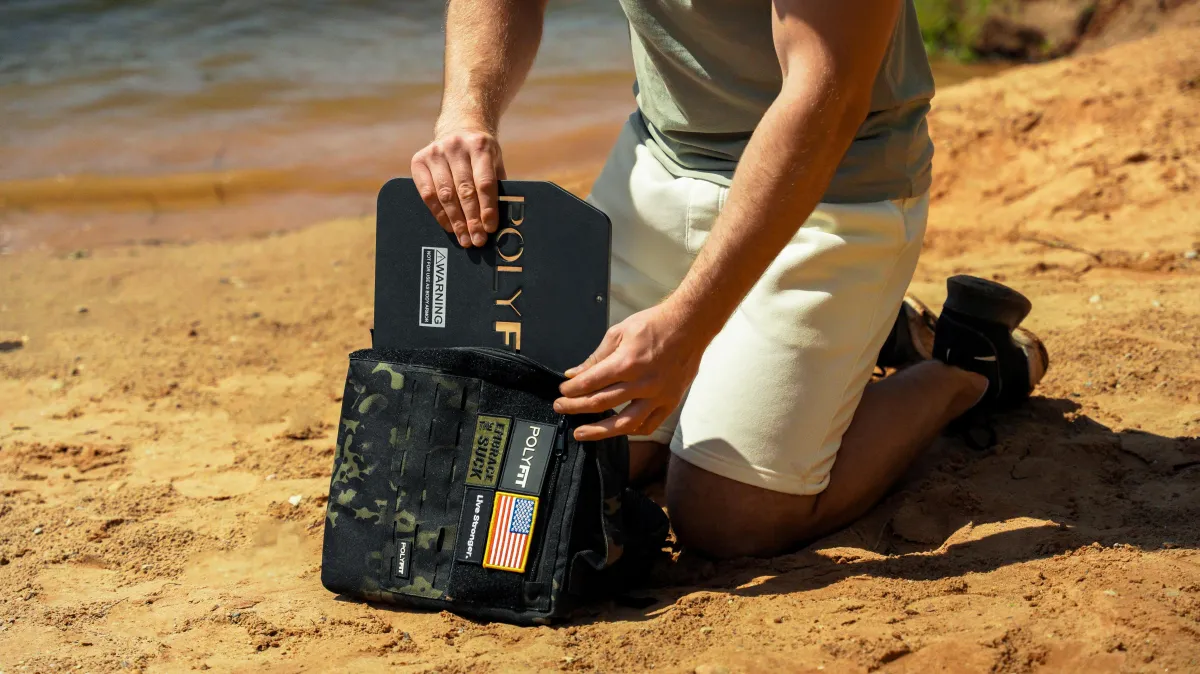
It’s tempting to load up your rucksack and push yourself from day one, but starting too heavy can lead to fatigue and poor form. A good starting point for most beginners is 10–20 lbs, but your ideal weight depends on your fitness level and goals.
Use our Rucking Weight Calculator to get a personalized recommendation based on your body weight, experience, and intensity preferences.
As you get stronger, gradually add more weight in small increments to challenge your endurance and strength without overloading your body.
Maintain Good Posture
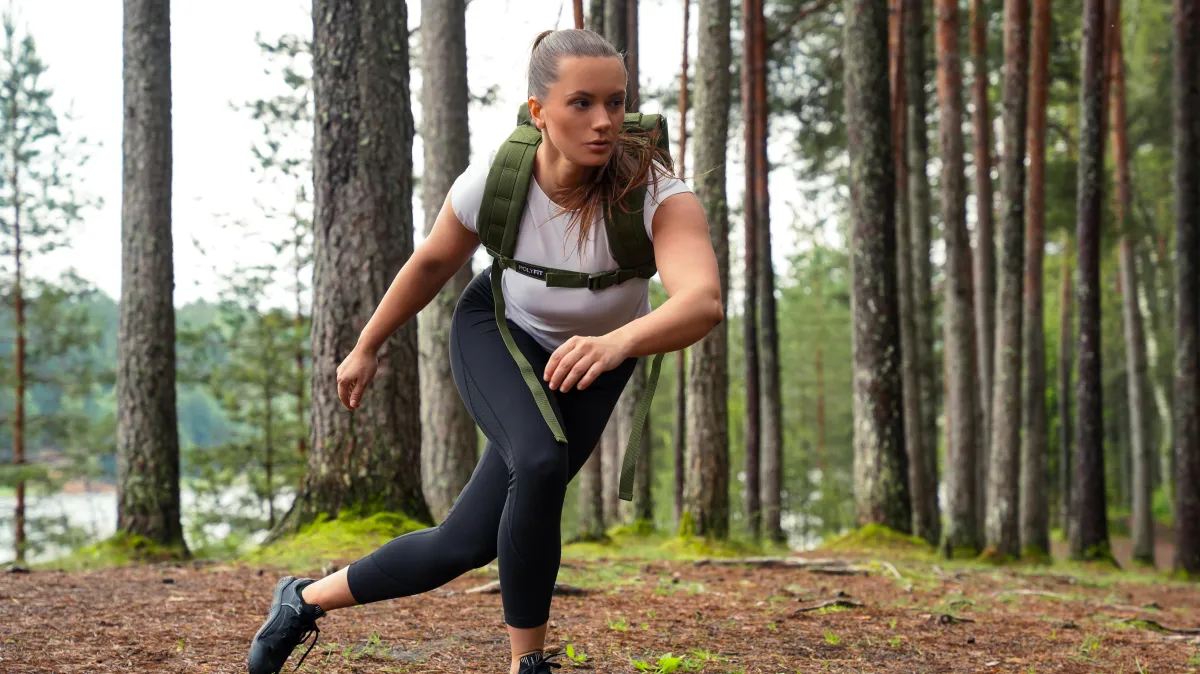
Rucking isn’t just about carrying weight—it’s about carrying it correctly. Keep your back straight, shoulders relaxed, and chest up to avoid unnecessary strain on your spine and joints. Engage your core and take steady, controlled steps to ensure balance and proper alignment. Poor posture can lead to back pain and fatigue, so always focus on maintaining a strong and upright position.

Maintain Good Posture
Rucking isn’t just about carrying weight—it’s about carrying it correctly. Keep your back straight, shoulders relaxed, and chest up to avoid unnecessary strain on your spine and joints. Engage your core and take steady, controlled steps to ensure balance and proper alignment. Poor posture can lead to back pain and fatigue, so always focus on maintaining a strong and upright position.
Choose the Right Gear
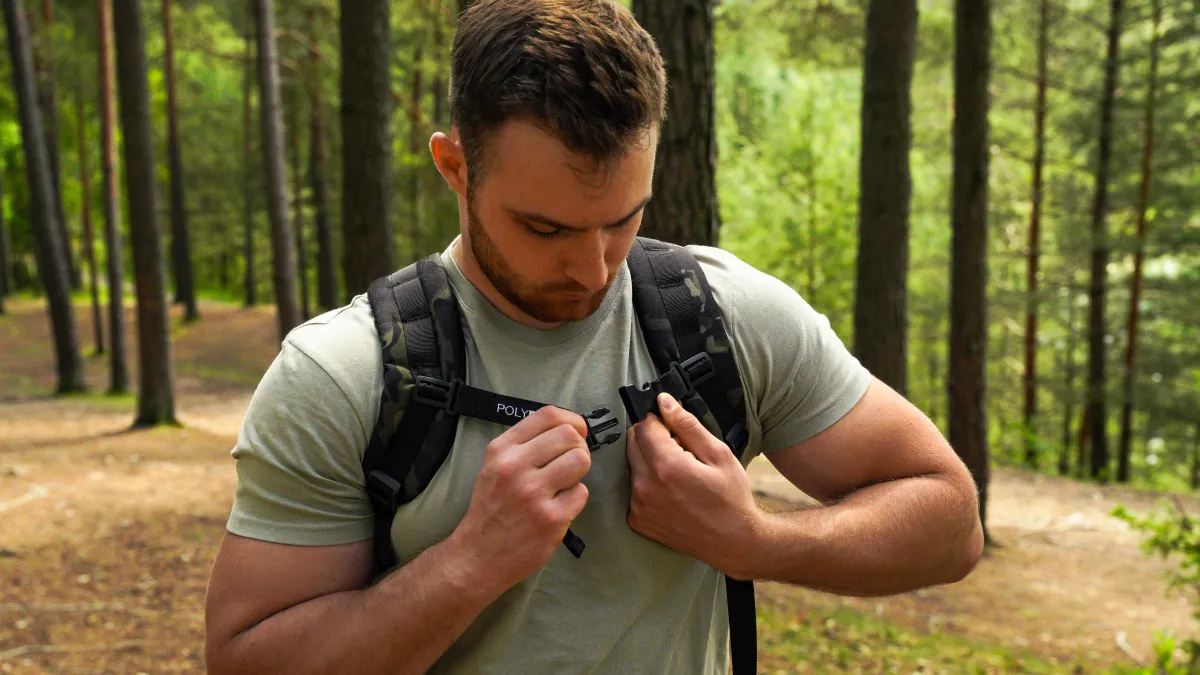
The right equipment can make all the difference in your comfort and performance. Invest in a well-fitted rucksack with padded straps and a secure fit to prevent unnecessary shifting. Pair it with sturdy, supportive footwear—hiking boots or high-quality running shoes—to protect your feet and joints from long-distance stress. Avoid loose-fitting packs that bounce or dig into your shoulders, as they can cause discomfort over time.
Recommended Gear:
POLYFIT Rucking Backpack
Choose the Right Gear
The right equipment can make all the difference in your comfort and performance. Invest in a well-fitted rucksack with padded straps and a secure fit to prevent unnecessary shifting. Pair it with sturdy, supportive footwear—hiking boots or high-quality running shoes—to protect your feet and joints from long-distance stress. Avoid loose-fitting packs that bounce or dig into your shoulders, as they can cause discomfort over time.
Recommended Gear: POLYFIT Rucking Backpack

Hydrate & Fuel Properly
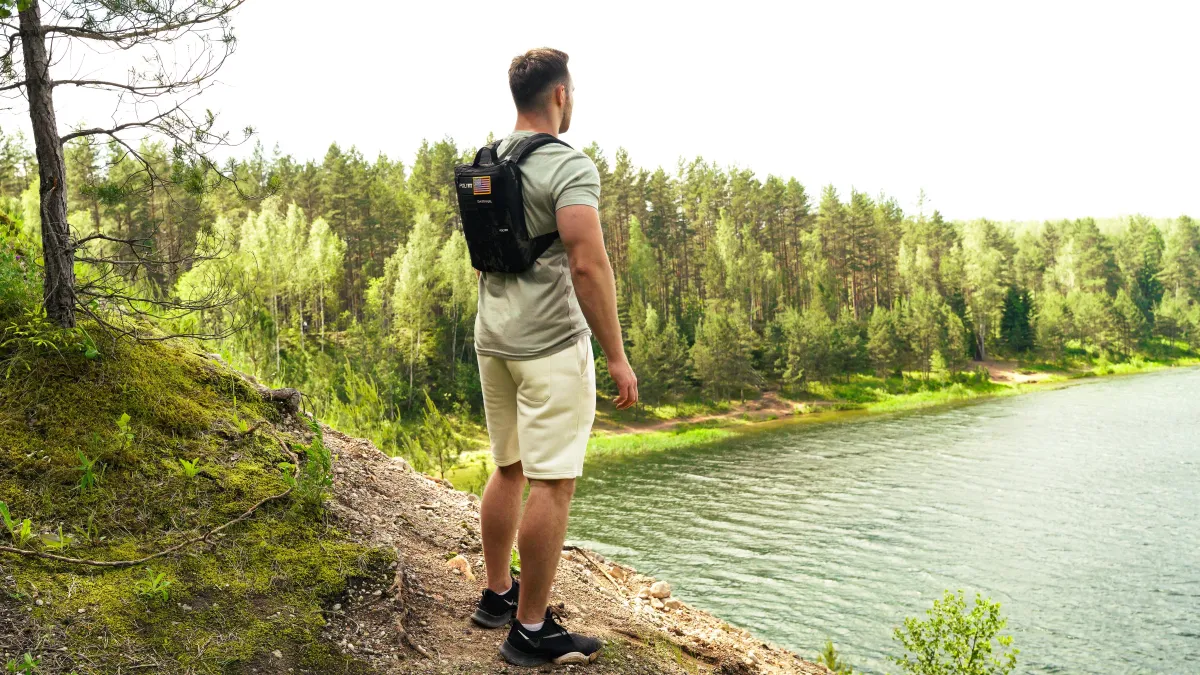
Rucking is a demanding activity that requires proper hydration and nutrition. Drink water before, during, and after your ruck to prevent dehydration and maintain endurance. For longer rucks, consider electrolyte supplements to replace minerals lost through sweat. Eating balanced meals with protein, carbs, and healthy fats ensures your muscles stay fueled and recover efficiently after your workout.

Hydrate & Fuel Properly
Rucking is a demanding activity that requires proper hydration and nutrition. Drink water before, during, and after your ruck to prevent dehydration and maintain endurance. For longer rucks, consider electrolyte supplements to replace minerals lost through sweat. Eating balanced meals with protein, carbs, and healthy fats ensures your muscles stay fueled and recover efficiently after your workout.
Progress Slowly & Listen to Your Body
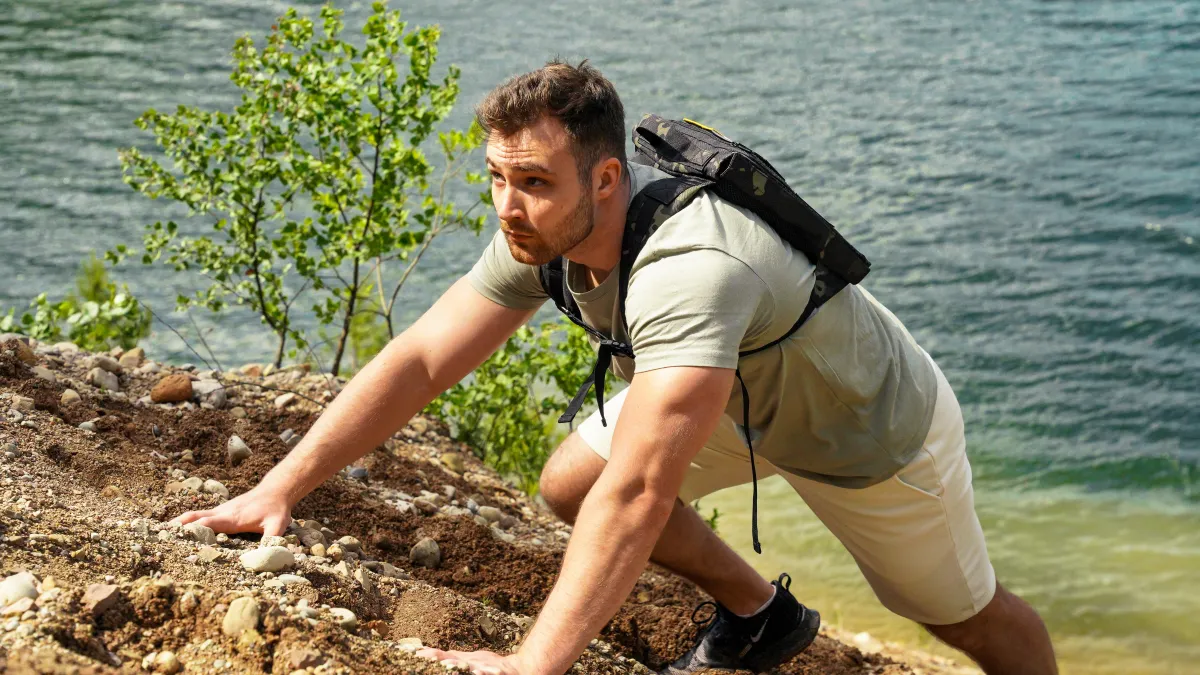
Building endurance takes time, and overloading too soon can lead to exhaustion or injury. Gradually increase your rucking distance and weight as your body adapts. Start with shorter rucks (1-2 miles) and moderate weight, then slowly work your way up to longer distances with heavier loads. Pay attention to any pain, discomfort, or fatigue—progression should feel challenging but not overwhelming. If something feels off, adjust accordingly to prevent overuse injuries.
By following these tips, you’ll build strength, improve endurance, and maximize the benefits of rucking while keeping your training safe and effective.

Hydrate & Fuel Properly
Rucking is a demanding activity that requires proper hydration and nutrition. Drink water before, during, and after your ruck to prevent dehydration and maintain endurance. For longer rucks, consider electrolyte supplements to replace minerals lost through sweat. Eating balanced meals with protein, carbs, and healthy fats ensures your muscles stay fueled and recover efficiently after your workout.
Progress Slowly & Listen to Your Body
Building endurance takes time, and overloading too soon can lead to exhaustion or injury. Gradually increase your rucking distance and weight as your body adapts. Start with shorter rucks (1-2 miles) and moderate weight, then slowly work your way up to longer distances with heavier loads. Pay attention to any pain, discomfort, or fatigue—progression should feel challenging but not overwhelming. If something feels off, adjust accordingly to prevent overuse injuries.

By following these tips, you’ll build strength, improve endurance, and maximize the benefits of rucking while keeping your training safe and effective.
Take the First Step Toward Stronger, Smarter Training
Rucking is one of the most accessible and rewarding ways to improve your strength, endurance, and resilience—without the need for a gym or expensive equipment. Whether you're looking to build muscle, improve cardio, or simply add variety to your fitness routine, rucking is a scalable, low-impact option that fits your lifestyle.
Now that you have the knowledge, it’s time to put it into action. Start with light weight, focus on proper form, and gradually increase your distance and load as you build strength. The beauty of rucking is that it’s as simple or as challenging as you make it—just strap on your pack and start moving.
POLYFIT RUCKING BACKPACK 2.0
POLYFIT RUCKING BACKPACK
A high-quality rucking backpack is the core piece of gear for anyone starting their rucking journey. Designed to carry weight comfortably over long distances, it offers better support and durability than a regular backpack, helping you improve endurance, build strength, and protect your posture during training.
POLYFIT PL8 BACKPACK
Built for serious training, the POLYFIT PL8 Backpack is designed to turn your Olympic plates into a powerful rucking or bodyweight training tool. Engineered for maximum stability and comfort, this backpack keeps your load locked in place—no bounce, no shifting—so you can focus on performance, not adjustments.
Perfect for rucking, hiking, or strength-based workouts, the PL8 Backpack gives you the versatility to train anywhere using the same Olympic plates you already own.
POLYFIT
PL8 BACKPACK
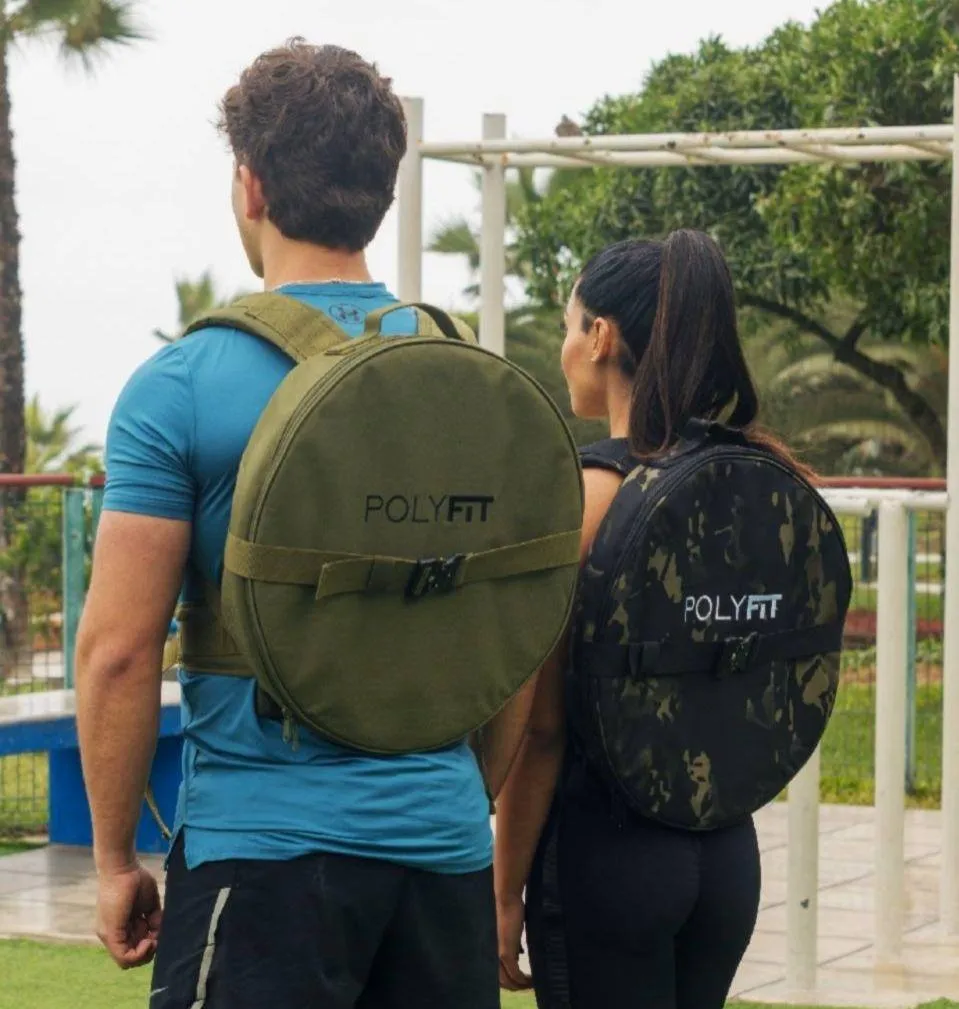
Built for serious training, the POLYFIT PL8 Backpack is designed to turn your Olympic plates into a powerful rucking or bodyweight training tool. Engineered for maximum stability and comfort, this backpack keeps your load locked in place—no bounce, no shifting—so you can focus on performance, not adjustments.
Perfect for rucking, hiking, or strength-based workouts, the PL8 Backpack gives you the versatility to train anywhere using the same Olympic plates you already own.
Prefer a Weighted Vest?
If you’re ready to start rucking but don’t have a dedicated rucking backpack yet, a weighted vest is an excellent alternative. It distributes weight evenly, allowing for a comfortable and effective rucking experience while improving strength and endurance.
POLYFIT FOUNDATION
© Copyright 2026. All rights reserved.
